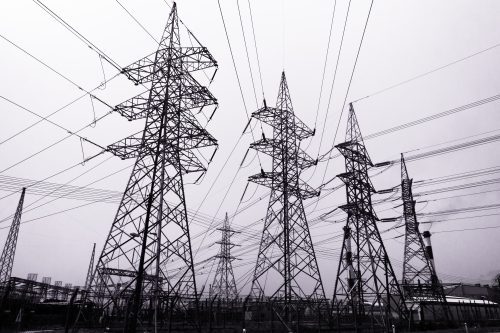
Webinar: California’s transmission costs are exorbitant and growing fast, but the fix is easy
Katie Ramsey and Daryl Michalik presented at this webinar, which took place on March 30, 2017.
This Transmission Access Charges(TAC) Campaignwebinar exposed how TAC in California are misapplied to local energy sources that do not use the transmission grid to deliver electricity, creating a massive market distortion that skews the market against local renewables and unloads unfair costs onto energy customers. In addition, the webinar reviewed how this TAC market distortion violates a key principle underlying efficient electricity marketplaces, how local renewables reduce the need for transmission investments, and the details onSenate Bill 692, a bill introduced in March 2017 by State Senator Ben Allentocorrect this outdated, unfair, and inconsistent approach to allocating transmission costs.
The webinar featured the following speakers:
- Katie Ramsey, Staff Attorney, Clean Coalition
- Daryl Michalik, Associate Executive Director, Dynamic Grid Council
TAC are per kilowatt-hour (kWh) fees for using California’s transmission system. TAC add about 3 cents per kWh to the levelized cost of energy over a 20-year contract, and are growing 7-9% per year. Importantly, the TAC distortion is massive – for example, in PG&E’s service territory, the current TAC rate is 1.8 cents per kWh, nearly 50% of the average spot market cost of energy in California.
The Clean Coalition – along with over70 supporting organizations– demanded that the California Independent System Operator (CAISO)correct the TAC market distortion without delay.
The speakers discussed the following:
- Background. TAC are growing fast, driven by new investments in transmission.
- Principle. The key to reining in transmission costs is to consistently apply the User Pays Principle via volumetric fees at the appropriate transmission interfaces. This corrects the market signals for local renewables and also sets the stage for the electricity market of the future.
- Real world examplesof local renewables saving ratepayers money by eliminating the need for new transmission investments.
- Benefits. Investing in local renewables instead of remote resources that depend on the transmission grid would reduce ratepayer costs for meeting California’s Renewable Portfolio Standard, minimize disruption of pristine land, generate local jobs, and improve resilience.
- The latest newsregarding CAISO’s expansion efforts, the status ofSenate Bill 692, and the Clean Coalition’s advocacy to eliminate the TAC market distortion.
- The Clean Coalition’snext stepsand how you can get involved.
Thefirst TAC Campaign webinardissected the economic, environmental, and societal benefits of the TAC fix and featured speakers from UCLA, SolarCity, and the Sierra Club. The webinar concluded how a TAC fix represents the biggest opportunity for ensuring that fair and accurate value will be provided to local renewables and other distributed energy resources.
Thesecond TAC Campaign webinardiscussed CAISO’s failure to address the TAC market distortion issue on a timely basis, and a straightforward fix that could be implemented immediately to reduce the substantial risks associated with CAISO expanding into a regionalized Independent System Operator.
More Information:
- TAC Campaign web page
- TAC Campaign list of supporters
- Our Utility Dive op-ed on the TAC Campaign
- Our Sacramento Bee op-ed on the TAC Campaign
Watchthe webinarhere.
